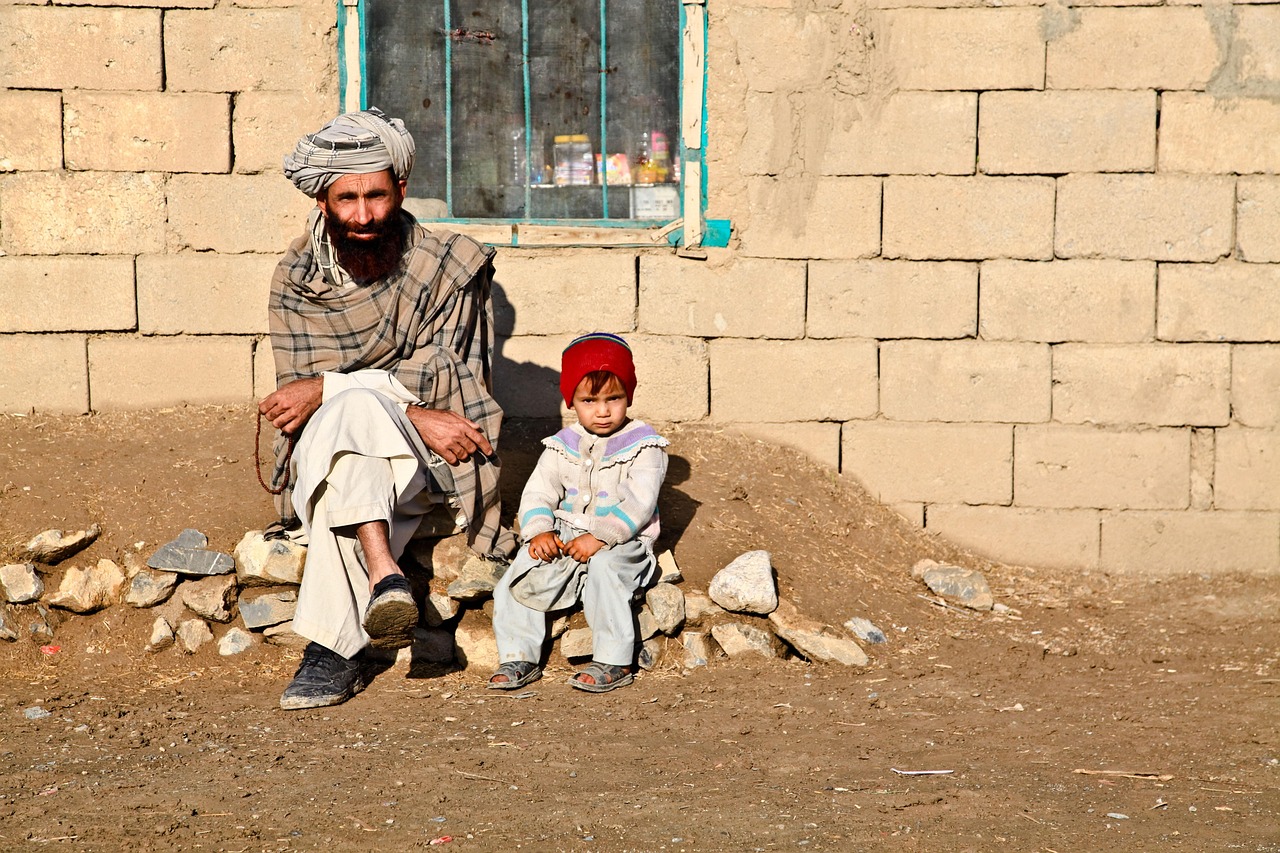On July 24, 2025, the United Nations released a damning report detailing widespread human rights abuses committed by Taliban authorities against Afghan nationals who were involuntarily returned to Afghanistan from neighboring countries. The findings, compiled by the UN Assistance Mission in Afghanistan (UNAMA) and the UN Human Rights Office, are based on interviews with 49 returnees, many of whom belong to vulnerable groups.
Key Findings
🔹 Targeted Groups:
- Women and girls
- Media professionals
- Civil society activists
- Former government officials and security personnel
🔹 Documented Violations:
- Torture and ill-treatment
- Arbitrary arrest and detention
- Threats to personal safety
- Restrictions on movement, employment, and education
One former government official described being tortured and subjected to a mock execution, while a female journalist reported living under de facto house arrest, with no access to work or education beyond grade six.
Legal Implications
📜 The report underscores violations of international law, particularly the principle of non-refoulement under Article 33 of the 1951 UN Refugee Convention, which prohibits returning individuals to countries where they risk persecution or harm.
The UN criticized Germany and other states for deporting Afghan nationals despite unsafe conditions, and urged all member states to:
- Conduct individual risk assessments before deportation
- Halt forced returns
- Provide safe pathways and financial support for reintegration
Broader Context
Since the Taliban’s return to power in August 2021, Afghanistan has witnessed a systematic rollback of rights, particularly for women and girls. In July 2025, the International Criminal Court (ICC) issued arrest warrants for Taliban leaders Haibatullah Akhundzada and Abdul Hakim Haqqani, citing gender-based persecution as a crime against humanity.
The UN report calls for urgent international action to protect returnees and hold perpetrators accountable. As Afghanistan faces a deepening humanitarian crisis, the fate of millions of displaced Afghans remains precarious.
You can read the full report on OHCHR’s official site.
Afghan Man and Child Image by Amber Clay from Pixabay


